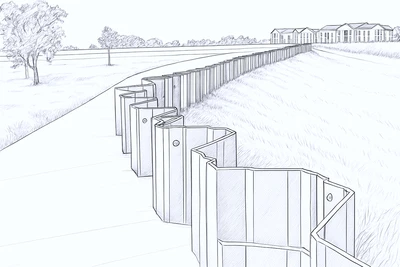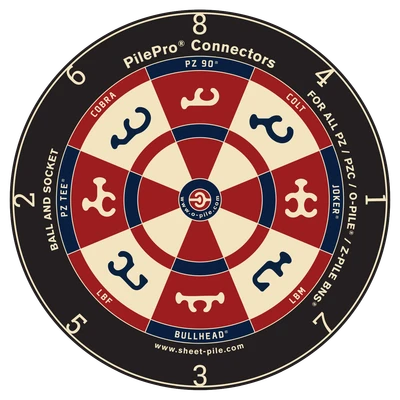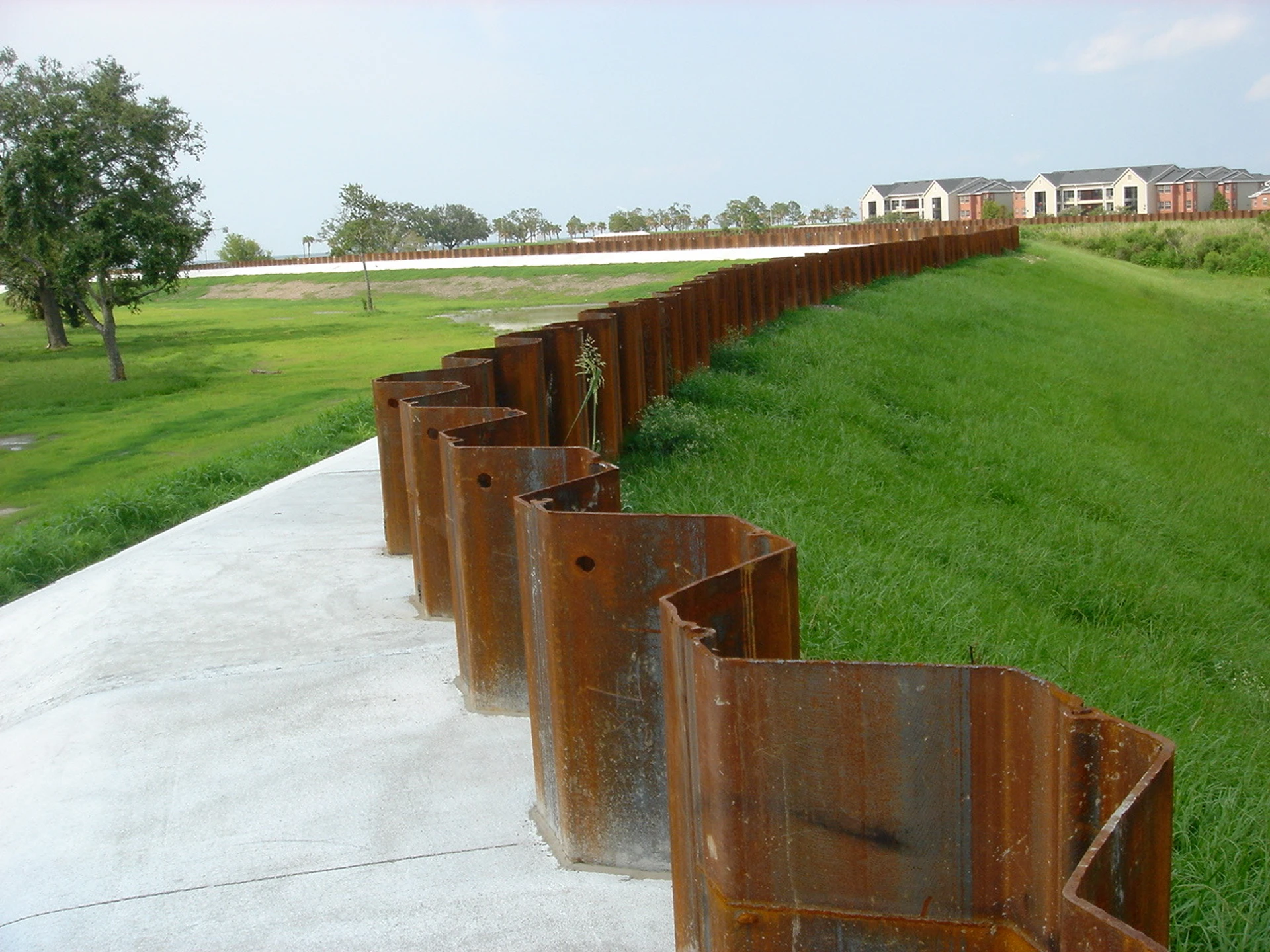Project Information
Hurricane Katrina was a devastating category 3 hurricane that struck the Gulf Coast of the United States on August 29, 2005, causing widespread destruction and significant loss of life, particularly in New Orleans. It is the costliest hurricane to ever hit the United States, with an estimated $161 billion in damage. The storm's impact included extensive flooding due to levee breaches in New Orleans, and it resulted in over 1,800 fatalities.
The 17th Street Canal is the largest and most important drainage canal in the city of New Orleans. Operating with Pump Station 6, it moves water into Lake Pontchartrain. The canal, along with the Orleans Canal and the London Avenue Canal, form the New Orleans Outfall Canals.
TIME
2005 - 2012
LOCATION
New Orleans, Louisiana, USA
NUMBERS
Tens of thousands of PilePro® connectors
PRODUCTS
PZ Sheet Pile, PZC® Hot Rolled Sheet Pile, PilePro® Ball and Socket Connectors
Reconstruction Details
From 2005 to 2012, tens of thousands of PilePro® ball and socket connectors that were 100 percent melted and manufactured in the USA were used in conjunction with PZ sheet pile manufactured in Blytheville Arkansas and PZC hot rolled sheet pile made in Petersburg VA.
The Challenge
Before Katrina arrived, the 17th Street Canal was the largest and most important drainage canal in the city of New Orleans. Operating with Pumping Station No. 6 – which at that time was the most powerful pumping station in the world – the 17th Street Canal was capable of conveying 9,200 cubic feet per second (cfs) of water, more than the Orleans Avenue and London Avenue Canals combined. The canal suffered catastrophic levee breaches during Hurricane Katrina, requiring extensive reconstruction.
For Contractors
The Corps constructed a permanent auxiliary pump station. During a hurricane event, the gate will be closed and its pump station will operate in tandem with local Pump Station 6 to act as a barrier to storm surge and lake flooding. As a temporary measure, the corps constructed storm-surge barrier gates and an interim pump station at the lake end of the canal.
For Engineers
In January 2006, the U.S. Army Corps of Engineers announced it had finished the temporary repairs of the breached section of the levee, and construction of more permanent repairs would commence. The reconstruction utilized American-made PZ and PZC sheet pile systems with PilePro® ball and socket connectors for maximum strength and durability.
For Owners
In February 2007, a contract was awarded to WESTON Solutions to increase the pumping capacity of the 17th Street Canal. The use of domestically manufactured materials ensured compliance with federal requirements and provided long-term reliability for this critical infrastructure.



Background
The 17th Street Canal forms a significant portion of the boundary between the city of New Orleans and Metairie, Louisiana. The canal has also been known as the Metairie Outlet Canal and the Upperline Canal.
Before Hurricane Katrina, the canal’s capacity specifications were:
- 17th Street Canal: 9,200 cfs (maximum capacity)
- Orleans Avenue Canal: 2,200 cfs (maximum capacity)
- London Avenue Canal: 5,200 cfs (maximum capacity)
Reconstruction Efforts
The reconstruction of the 17th Street Canal levee system became one of the most critical infrastructure projects following Hurricane Katrina. The project utilized advanced sheet pile technology and connection systems to ensure the rebuilt levees could withstand future storm events.
Louisiana State Historic Plaque now marks the site of the 17th Street Canal levee breach, vetted and fact checked by the Louisiana Office of Historic Preservation, serving as a reminder of both the devastation and the subsequent engineering achievements in rebuilding this vital infrastructure.


